 November 2025
Unlocking the secrets of Europa
November 2025
Unlocking the secrets of Europa
... two missions have coordinated efforts, with instruments like Clipper’s REASON and JUICE’s RIME (Radar for Icy Moon Exploration) designed to provide complementary data sets. Europa Clipper’s reconnaissance will lay the groundwork for potential...
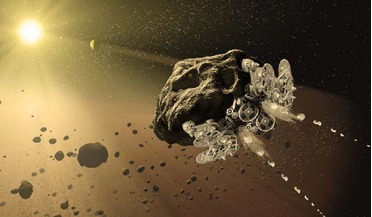 12 April 2016
Visionary ideas that could transform future NASA missions
12 April 2016
Visionary ideas that could transform future NASA missions
... and print electronics and a system that harvests water in situ to enable low-cost sample return missions to icy moons through micro-landers. “The 2016 NIAC Phase I competition was fierce, as usual. All of the final candidates...
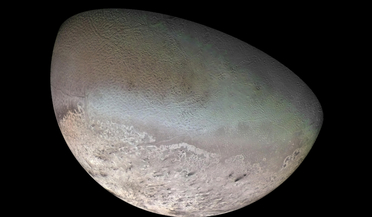 17 June 2020
NASA wants to visit Neptune’s weird moon Triton
17 June 2020
NASA wants to visit Neptune’s weird moon Triton
... kilometre (1,680 mile) wide ice world that also shoots out massive, dark plumes of icy material out from the moon’s surface has now been earmarked by NASA as a potential target to study up close as part of its Discovery...
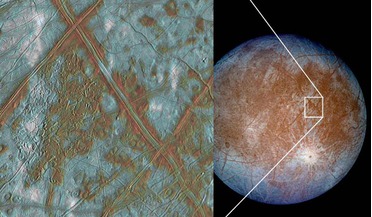 15 April 2016
Shifting ice on Europa could be warmer than anticipated
15 April 2016
Shifting ice on Europa could be warmer than anticipated
... of great interest to researchers since it was first observed. The smallest of the four Galilean moons, Europa is under a constant gravitational assault, causing the icy surface to heave and fall with the pull of Jupiter's gravity, as it orbits the...
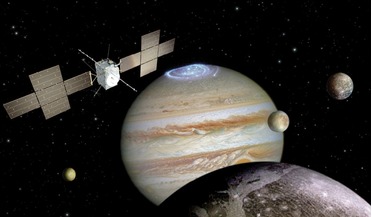 October 2017
Exploring Jupiter’s icy moons
October 2017
Exploring Jupiter’s icy moons
...ranging from in situ measurements of the plasma environment, to remote observations of the surface and interior of the three icy moons, Ganymede, Europa and Callisto, and of Jupiter’s atmosphere. Trajectory The mission profile can be divided into two...
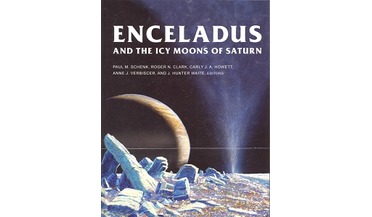 13 April 2019
Enceladus and the Icy Moons of Saturn
13 April 2019
Enceladus and the Icy Moons of Saturn
...the geophysics, geology and geochemistry of Enceladus, the second on its famous plumes, the third on the other icy moons and the fourth on astrobiology and possible exploration of Enceladus. Why is Enceladus worthy of so much attention? Linda Spilker...